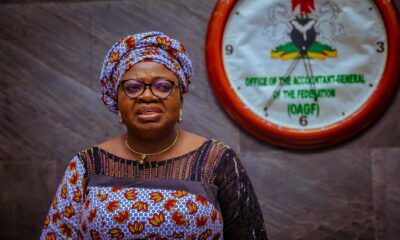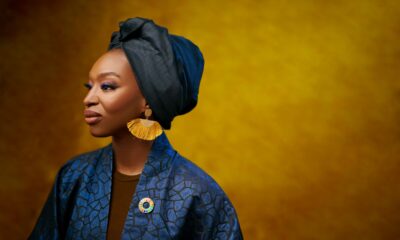Features
Chika Oduah: The Headtie – The Tie that Binds Us
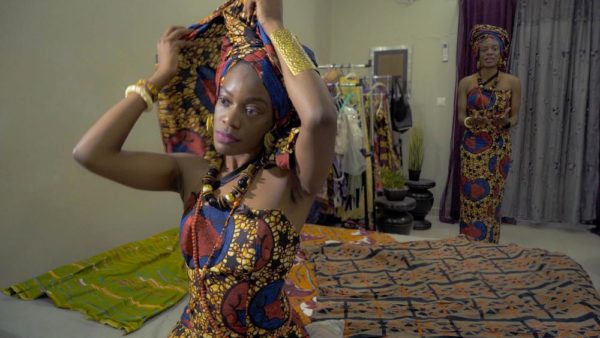
Chika Oduah tying an ankara fabric gele (headtie/ ichafu)
Headtie. Gele. Ichafu. Whatever you call it. You know it. You wear it to accentuate your face, to adorn your Swiss lace gowns and ankara printed skirt-and-blouse sets.
You tie it in infinite circles, shape it into petal-like creations around your braids, afros and sleek extensions, bending it into glorious peaks, building hills and valleys with your mere hands.
You wear it because your mother and grandmothers wore it because their mothers and grandmothers wore it. Perhaps you want your daughters and granddaughters to wear it.
It is a resilient art that we wear as fashion on our bodies. It’s place on your head deserves a stare from everyone who looks at you.
Across Africa, women tie this humble piece of fabric of their heads. Across oceans, black women separated by waters that carried our ancestors to new worlds in chains, waters that cover the swollen bodies of our ancestors who jumped ships or just never made it across… across oceans, black women wear headties.
Because the headtie is the tie the binds us, black women.
From the humble akara-selling widow around the corner from your doorstep to the woman bending her waist pulling weeds away from the cassava in the earth, to the Nollywood actresses prancing before our television screens, to the tables of Africa’s first ladies and Africa’s female presidents to the Caribbean divas like Rihanna and Rita Marley to the American stars, the stunning Viola Davis and sultry Solange to name a couple- black women and headties go back, way back.
How far back?
For me, the memories go back to my childhood, standing next to my mother, a tall, high-cheek boned femme with a booming voice. I’d stand watching my mother’s reflection in the bathroom mirror as she firmly held the ends of crisp fabrics with her hands. I would silently observe her in wonder. She was the creator before me and with an unseen power, she’d bend that thing, place it down and lift it up, wrap it around and drop it back, pull it like rope and then caress it like a child. And at the end of the creation process, her ichafu would glow like the crown on her head that it was.
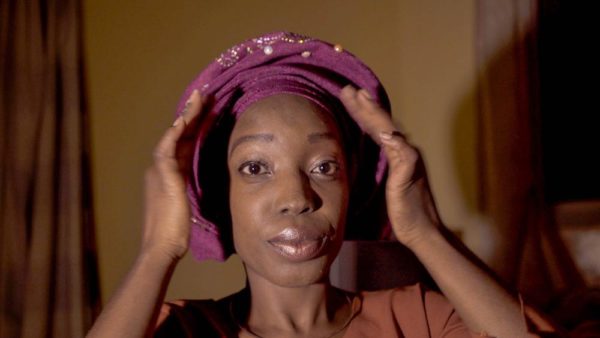
Victoria Ogunleye admires her aso-oke gele
After watching her for years, I began to try on my own. I’d begin first closing my eyes and cast a vision of what the end should look like because I always knew how I wanted the end to look like. I preferred the tall, stalk-like shapes, whereas my mother liked hers round. Then in the beginning, I’d transform into a creator. We all know that the woman is the ultimate creator. I’d transform lowly cloths into splendid coronets. And at the end of it, I’d feel that connection to my mother and to other women like you, like me, to the women I never met and to the ones whose blood give me life.
On this International Women’s Day, let’s celebrate our womanhood and in the spirit of unapologetic blackness, of Wakanda, of beauty, of Black Girl Magic and of sisterhood, let us tie our headties with pride.
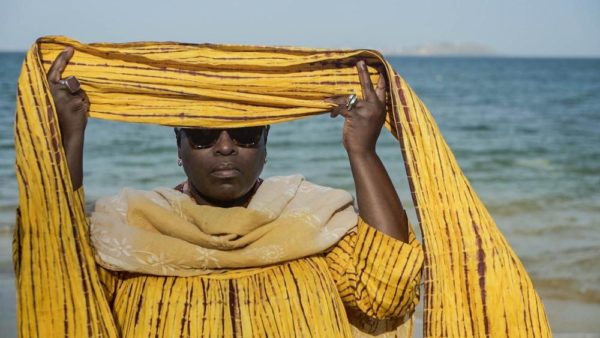
Ofeibea Quist-Arcton, from Ghana, ties a yellow fabric on a beach in Dakar, Senegal.
Because that headtie is more than a fashion accessory. Let’s think about it. How do you feel when you wear it? When you’re tying and trying and trying and trying to get that perfect shape and sweating your makeup off (if you’re wearing makeup!) and dripping with heat and shouting at the kids to leave you alone so that you can have peace while you tie and you’re biting your lower lip and stretching that fabric as far as it can go yet leaving space so that it can…fly.
How do you feel at the end of all that?
You should feel beautiful.
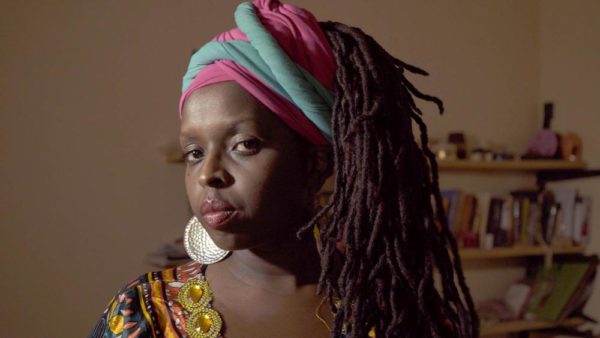
Ciku Kimeria, Kenyan, admires her headtie around her locks.
Because we live in a world flooded with messages that tell us that we’re not beautiful, that our noses our too round, too flat, to wide so we contour them, brushing golden highlights and glittering powders right down the middle.
Messages that tell us that our skin is too dark, to dull, to hued, so we “tone” it with brighteners.
We know that media messages, historically, have condemned the image of black women, pointing out that our hair is too tough, too coarse, too unprofessional, un-neat, too difficult to manage, too much work to do, so we hide it under synthetic wigs or under the hair of foreign women.
What hasn’t the world told us, black women?
More importantly, what did your mother tell you? Or what did she say with her eyes when she looked at you?
You are beautiful. So wear your head tie. It is your crown.
Let’s honor International Women’s Day.
***
Watch Chika Oduah’s spoken word video below:


